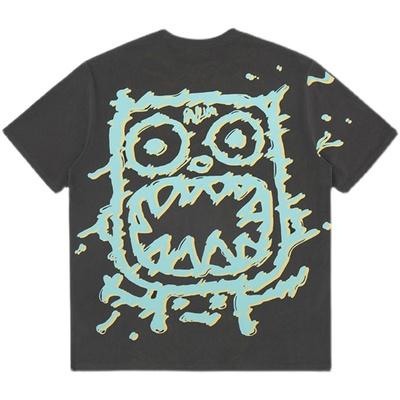Advanced clothing customization is a complex and delicate process, including multiple steps such as design meetings, tailoring and fitting. The following is the typical process and some precautions for advanced clothing customization:
1. Design meeting:
– In the first design meeting , discuss with customers their needs, preferences and requirements. Understand their requirements in terms of styles, colors and details they want.
– Determine the method of communication between designer and client, such as face-to-face, email, or phone call.
– The client’s schedule, budget, and other relevant matters are discussed at this meeting.
2. Fitting:
– Before fitting, you need to prepare the necessary measuring tools, such as tape measure, paper and Pen etc.
– The key to custom-made clothing is accurately measuring the customer’s body measurements. Make sure the dimensions of each part are measured accurately so that the garment can be created to fit the customer.
– Be meticulous in the measurement process, including shoulder width, waist circumference, hip circumference, chest circumference, sleeve length and other dimensions.
– Additional details such as body proportions, preferences and postures can be recorded upon special request.
3. Production of base garments:
– Make base garments based on customer measurements. The base coat is the first step in the customization process to verify that the design and cut are accurate.
– The base garment needs to be cut and sewn by a professional tailor based on the customer’s measurements.
– After the base garment is tried on, the designer and client can discuss and adjust the style, cut and details.
4. Fitting and adjustment:
– After the customer tries on the base garment, the designer will inspect it to ensure that the garment The quality and fit.
– Based on the try-on situation, the designer will make corresponding adjustments, including modifications in length, width and curves.
– Multiple fittings and adjustments may be required until the customer is satisfied.
5. Customization completed:
– After all adjustments are completed, the designer will start creating the final customized garment.
– During the sewing process, exquisite craftsmanship and high-quality materials will be used to ensure the final garment appearance and comfort.
– Each part of the sewing needs to be carefully processed, such as cutting, splicing, decoration and sewing.
Notes:
– Choose the right designer and custom shop to make sure they have professional skills and experience.
– Communicate fully with designers in design meetings and clearly express your needs and expectations.
– In order to obtain the most accurate measurement data, customers should try to maintain a stable weight before being measured.
– Base garments must be made with precision to ensure the final garment meets the customer’s specifications.
– Customers should provide accurate feedback and comments during the fitting process so that designers can make adjustments and modifications.
– Attention to detail, including fabric selection, color combinations and additional embellishments.
– Supervise the entire customization process to ensure reasonable clothing quality and delivery time.
These steps and precautions will help ensure that the advanced clothing customization process goes smoothly and provide customers with satisfactory customized clothing.





